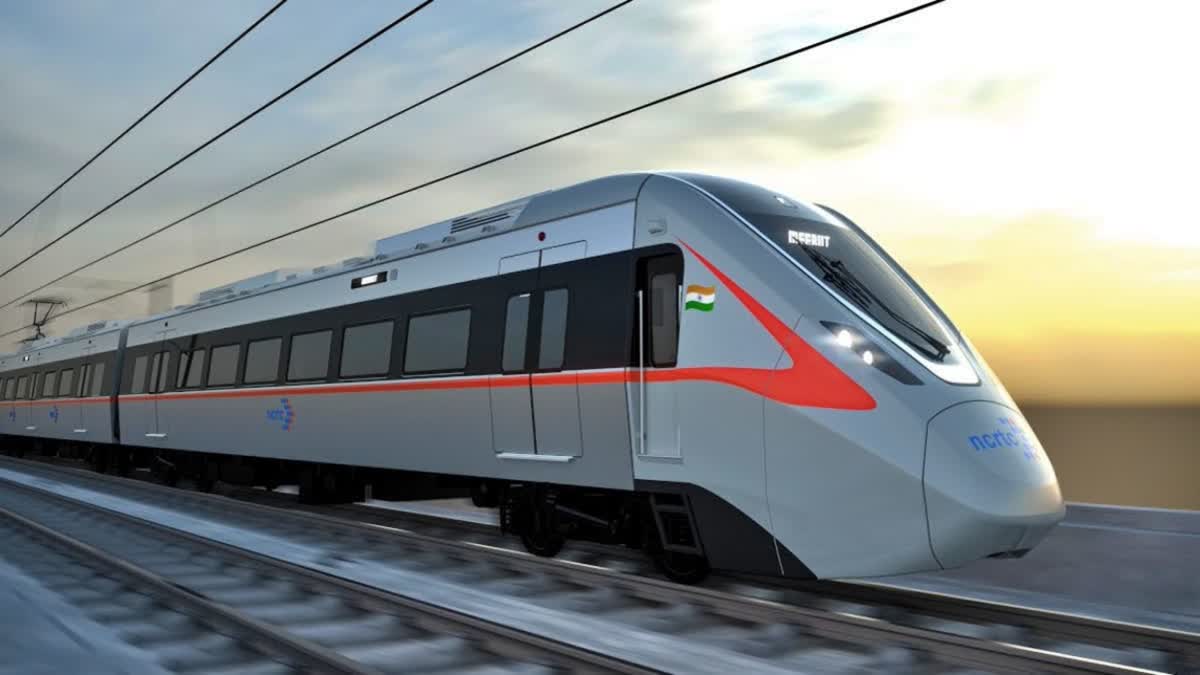New Delhi: The Namo Bharat train in Regional Rapid Transit System (RRTS) Corridor heralds sustainable transportation in the National Capital Region (NCR), powered by electric traction and engineered for eco-friendliness. It consumes less fossil fuel compared to road vehicles due to reduced friction from steel-to-steel rolling contact.
According to the National Capital Region Transport Corporation (NCRTC) officials, the eco-friendly Namo Bharat trains are significantly enhancing the quality of life in the NCR by offering a faster, more convenient, reliable, and comfortable regional commute by maximizing the use of renewable energy and implementing energy-efficient equipment and systems in RRTS.
NCRTC has embraced renewable energy by extensively adopting solar power across the RRTS corridor, aiming for an 11 MWp capacity. Out of which, 3 MWp is already operational, reducing CO2 emissions by 3,100 tons annually against the overall target of 11,500 tons, marking a significant step in combating climate change, the official said.
Selective door opening through Push buttons is one of the unique features of the modern Namo Bharat trains that were conceptualized for energy conservation only. Advanced lighting and temperature control systems in the train also ensure energy efficiency without compromising the passenger experience.
Additionally, numerous conservation measures such as selecting appropriate technologies for optimal energy use. Energy-efficient LED light fixtures, Solatube Daylighting systems have been installed at various locations including stations, receiving substations, auxiliary substations, and depots.
The authority is making extensive efforts for rainwater harvesting across the Delhi-Ghaziabad-Meerut RRTS corridor, with over 900 rainwater harvesting pits being developed to maximize water recharge. Even skill development training programs for farmers in Ghaziabad and Meerut districts were organized to emphasize contemporary agricultural techniques that prioritize water conservation. By introducing farmers to modern farming practices such as drip irrigation and hydroponics, NCRTC is fostering sustainable agriculture practices that reduce water consumption while enhancing productivity, the officials pointed out.
Read More:



